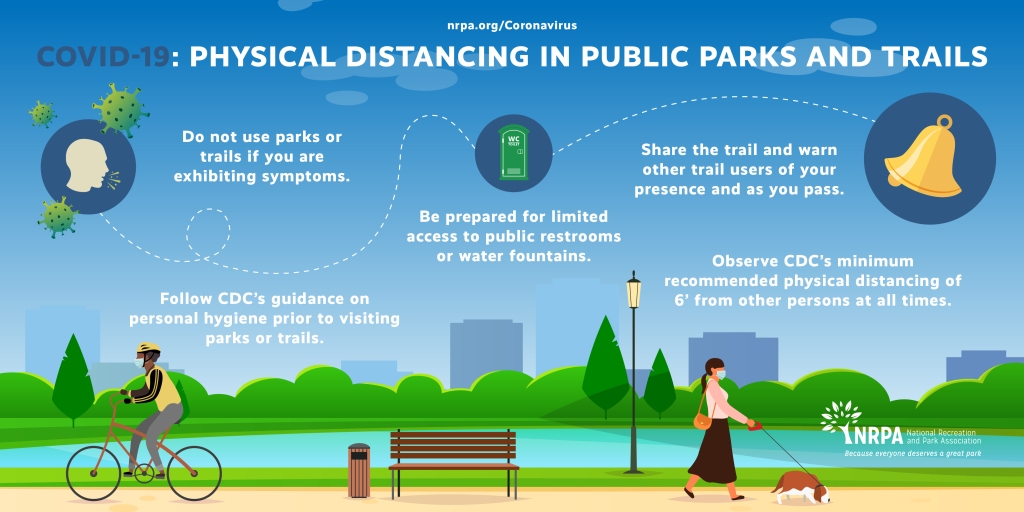Last year, I transformed into a self-proclaimed bird nerd. The change started in the spring of 2020 when I started working from home because of COVID. I placed my desk next to a window and in April, I noticed a robin building a nest. Watching the robin sit on her nest for hours upon hours was fascinating and I was quickly hooked.
In May, bluebirds visited my suburban backyard for the first time and after putting up a bluebird house, we hosted the pair of bluebirds and their 3 adorable babies several weeks later. I was fascinated by the whole process, from the nesting, feeding, and successful fledging (developing wing feathers that are large enough for flight). I cheered the first day the babies flew out of their box and also experienced sadness when they left their house for good. My sorrow was quickly replaced with joy when a pair of Baltimore orioles passed through for a couple of days. I was enthralled watching the colorful birds eat the grape jelly I set out. Summer brought ruby-throated hummingbirds and warblers. This winter, I am enjoying a barred owl who lives nearby and occasionally graces me with his majestic presence.

Photo by Laura M. Stanton
Although the joy of birding happens right outside my window most days, whenever possible, I safely visit different habitats to expand the variety of birds to watch. Whether I am inside or outside, I notice so much more than just the birds. I notice positive changes happening within.
The benefits I have experienced from watching our feathered friends have been confirmed by research. Why is birding good for your health? Watching birds:
- Is a form of mindfulness. Mindfulness is paying attention on purpose, in the moment, and without judgment. Whether you are birding inside or out, you are in the “here and now” which has been shown to decrease stress, anxiety, and rumination, and improve attention, memory, and focus. In addition, mindfulness can reduce chronic pain.
- Requires stealth and silence. Spending time in silence lowers blood pressure, increases blood flow, and enhances sleep. Silence can also be therapeutic for depression.
- Encourages meditation. During meditation, you eliminate the “noise” in your mind, creating a sense of calm and peace that benefits your emotional well-being and your overall health.
- Relies on your sense of sight and hearing. A study found that just listening to bird song contributes to perceived attention restoration and stress recovery. Click here to listen to a sample of common bird songs.
- Prevents nature-deficit disorder, a phenomenon related to the growing disconnect between humans and the natural world. Americans, on average, spend approximately 90% of their time indoors.
- Benefits your heart. Regular exposure to nature is associated with improvements in cardiovascular disease and longevity.
- Stimulates a sense of gratitude, which is strongly and consistently associated with greater happiness.
If you are ready to reap the benefits of birdwatching, consider joining the Great Backyard Bird Count (GBBC) this weekend. The GBBC is an opportunity to spend time in your favorite places watching and counting as many birds as you can find and reporting your findings. This year’s event starts on February 12th and ends on the 15th. To learn how to join the GBBC, visit: www.birdcount.org

Sources
Carter, S. (2016). Nature deficit disorder. Live Smart Ohio. Retrieved from https://livesmartohio.osu.edu/mind-and-body/carter-413osu-edu/nature-deficit-disorder
Louv, R. (2008). Last Child in the Woods: Saving Our Children from Nature-Deficit Disorder. Algonquin Books: Chapel Hill, NC.
Powers-Barker, P. (2016). Introduction to mindfulness. Ohioline. Retrieved from
https://ohioline.osu.edu/factsheet/hyg-5243
Stanton, L. M. (2020). Noises off: The benefits of silence. Live Smart Ohio. Retrieved from
https://livesmartohio.osu.edu/mind-and-body/stanton-60osu-edu/noises-off-the-benefit-of-silence
Written by Laura M. Stanton, Family and Consumer Sciences Educator, Ohio State University Extension, Warren County, stanton.60.osu.edu
Reviewed by Misty Harmon, Family and Consumer Sciences Educator, Ohio State University Extension, Perry County, harmon.416@osu.edu
